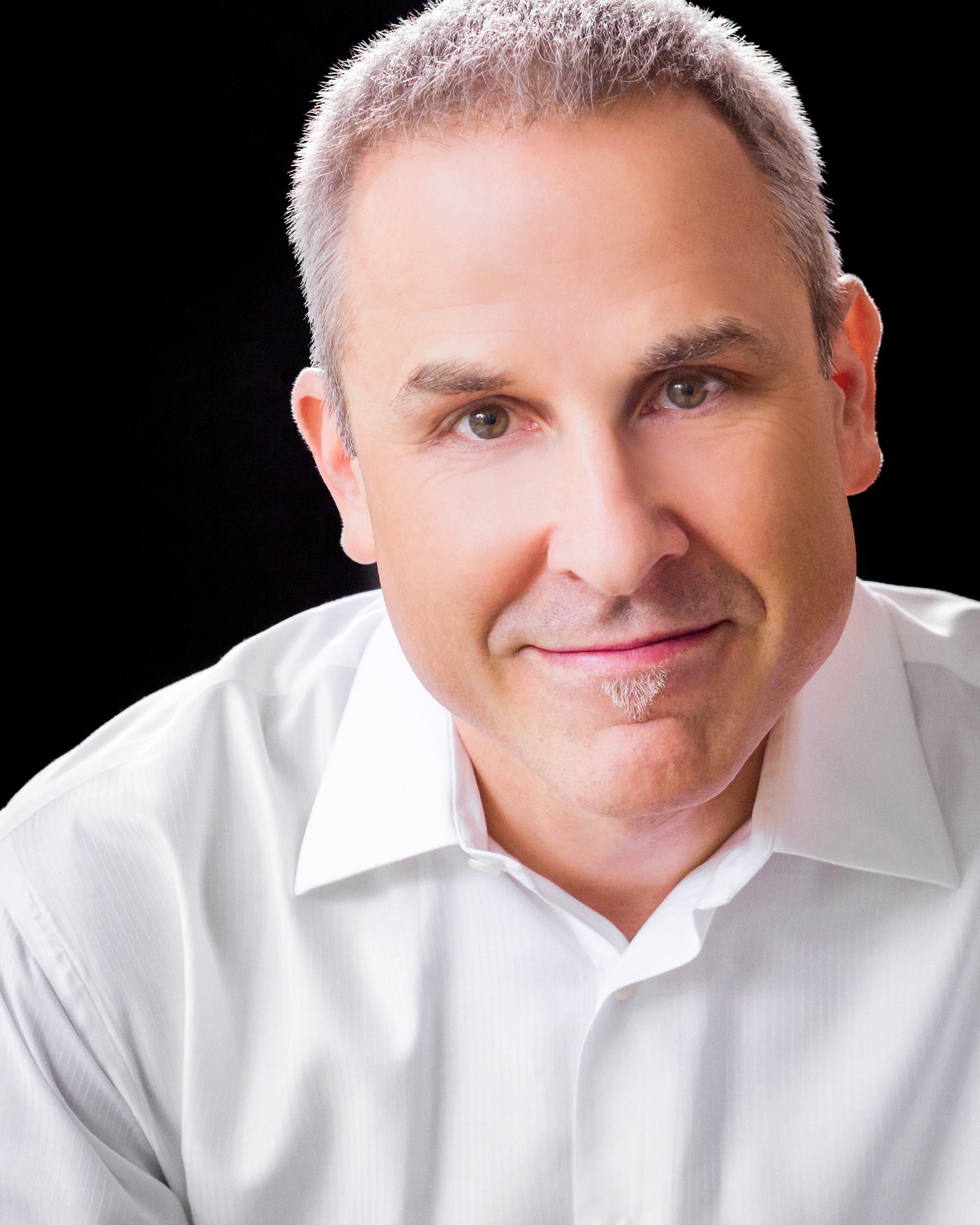Achieve true customer loyalty with a great patient experience
Written by: Mark Pearson, VP of Loyalty Marketing, BI WORLDWIDE
(View Author Bio)
Are you leveraging customer loyalty best practices to elevate the customer and patient experience?
Scroll Down
About a decade ago, negative trends emerged in loyalty marketing – trends that, for the most part, continue today. There were more loyalty memberships in the US than ever before and more memberships per household. However, more than half of all members were not active in the programs they were enrolled in. Traditional loyalty programs had matured and customers were in a state of loyalty fatigue.
In looking for the root causes of these trends, we found that a majority of loyalty programs focused solely on transactions and were basically discount programs in disguise. This approach to loyalty program design drives mercenary loyalty as opposed to true loyalty – these programs were effectively paying for loyalty. More alarmingly, many of the programs were broken because they didn’t offer an equitable value exchange – the rewards offered didn’t reflect the effort expected.
With these findings, we looked for ways to evolve loyalty programs to drive true loyalty. And we found success by designing programs based on a point-of-view that embraces customer lifecycle marketing and behavioral psychology while addressing the critical need for an equitable value exchange.

At the same time we were working to evolve customer loyalty marketing, a seismic shift began to occur in the healthcare industry characterized by the following:
- Evolving from a reactive or passive approach to healthcare to one that focuses on active health management and whole health
- Evolving from a universal, one-size-fits-all approach to one that acknowledges and addresses the socioeconomic factors that have a significant impact on health and wellness (often referred to as the social determinants of health)
- Evolving from following a capitated (fee for service) approach to value-based healthcare focused on outcomes

In order to successfully navigate and, ideally, embrace this seismic shift, healthcare companies have to fundamentally change the way they define their market and the various participants. Most critically, they have to start treating members or patients as individual customers versus employee policy holders within a large employer group. And they have to start focusing on building relationships, versus transactions, to enhance the patient experience. This fundamental change is often referred to as the consumerization of healthcare.
Not surprisingly, the same new customer loyalty marketing best practices that work to combat loyalty fatigue can be highly effective in helping healthcare companies to successfully navigate the consumerization of healthcare. Here’s how:
- Apply lifecycle marketing disciplines to create customized healthcare customer lifecycles that identify critical active health management and healthcare utilization behaviors.
- Leverage behavioral psychology theories to design programs that effectively drive lifecycle progression – engagement, behavior change and loyalty. The most effective theories include goal orientation, choice architecture, motivational theory (the “should versus want self”), idiosyncratic fit, gamification, attention economy/currency and preference reversal.
- Ensure that programs deliver an equitable value exchange. This is a win/win scenario where both the healthcare company AND the customer get the value they expect from the program. The healthcare company wins if the program drives the behaviors and engagement tied to their objectives. The customer wins if the program provides the rewards and motivators they expect for participating.
While this is just one example, all customer loyalty programs need to consider the state of the industry they’re operating in and the type of customer they’re looking to engage. Doing so will ensure the success of the program design in delivering the desired outcome of true loyalty.
The best way to get started is to get in touch.














